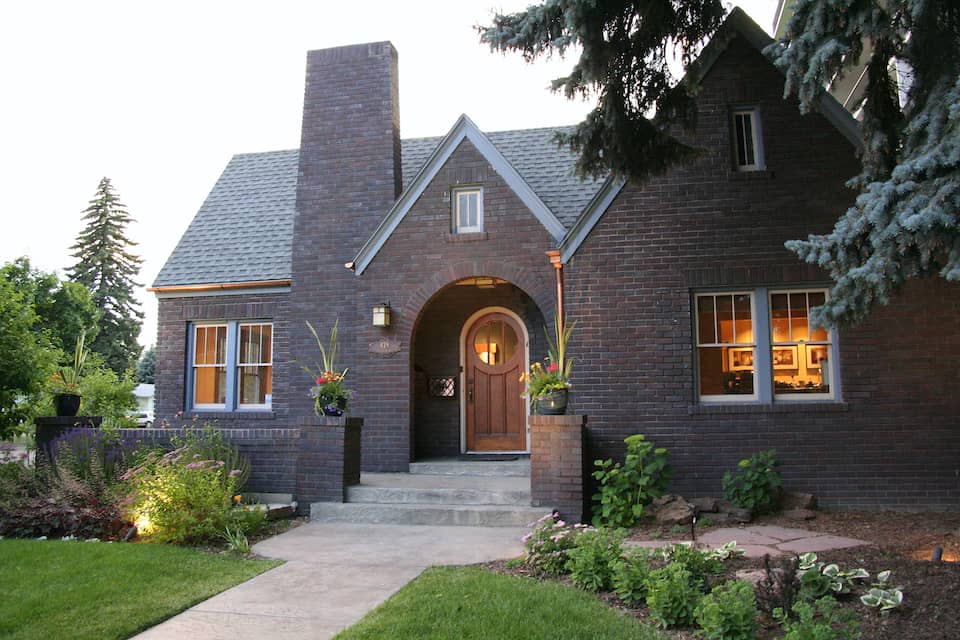Almost every month, we touch on the importance of good interior design, but we’ve never devoted an entire column to the subject – until now.
Interior design plays a powerful role in every successful remodeling project we’ve ever tackled, so showcasing its value is long overdue.
Let’s start by clarifying some terminology. Interior designers and interior decorators are not necessarily one in the same. Interior designers have the specific training required to plan the restructure of a space. Designers also work side by side with homeowners, architects and contractors throughout the entire remodeling process. They can do everything from suggest wall demolition to flooring materials, and all things in between.
On the other hand, decorators are not involved in designing the layout of the space. Rather, they typically come in at the end of a project to help homeowners select furnishings, accent lighting, paint colors and fabric.
Whether you plan to use a contractor or complete a remodel yourself, there are benefits to hiring a professional interior designer. Good interior designers are great listeners and adept at helping you define your style. They incorporate your ideas and personality into a functional, pleasing design that meets your lifestyle needs and reflects your individual taste. In addition, interior designers have construction knowledge that can quickly determine if your ideas are realistic given your budget and timeline.
If you’re working with a remodeling company, it’s wise to choose a firm with at least one interior designer on staff who is certified with the American Society of Interior Designers and where designers work as part of a collaborative design-build team. If you’re doing the remodel yourself, then search for a designer with credentials and involve them early in your planning process.
Once you discuss how you want to use the space and share budget and project goals with an interior designer, your level of design participation is entirely up to you. Interior designers will work with your construction team to assess the structural and mechanical feasibility of your ideas and make recommendations. They can help you create a focal point for your space – such as an architectural element, fireplace, window or single piece of artwork or furniture – and then design the plan around that inspiration.
They often begin by creating an “as-built” plan for your existing space. Sometimes the interior designer will work with an architect to develop preliminary design concepts, which can include 3D renderings of your remodel. Once you approve a plan, interior designers can guide you through the often overwhelming process of selecting and purchasing finishes, lighting and materials to achieve a cohesive and aesthetically pleasing design. And most importantly, they will keep an eagle eye on your project budget and make sure all materials arrive to your jobsite on time, which is invaluable.
Bottom line, interior designers can make everything – and everyone – involved in a remodeling project look good. So don’t leave your next home remodeling project to chance. Tackle those interior spaces by design.
To view our Coloradoan Column click here.

